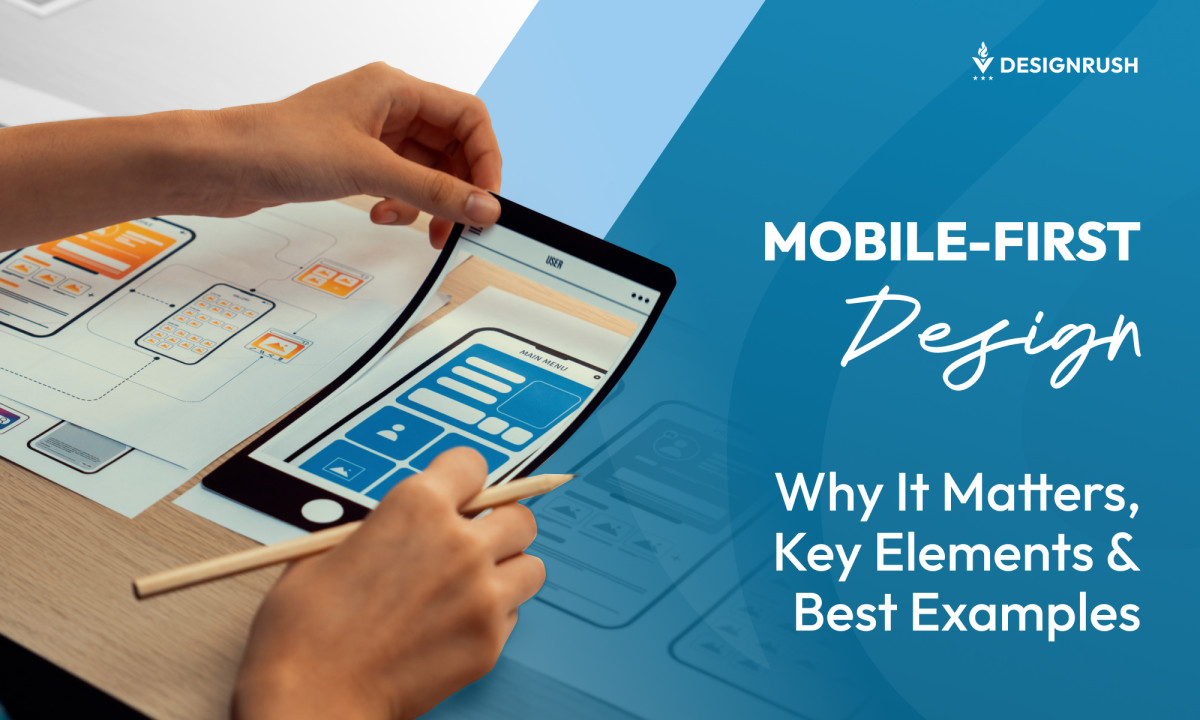In the modern world, flawless design and functionality of digital assets – including your website, social media content and marketing materials – is essential to keeping customers engaged. A top-notch product or thoughtful blog post will go ignored and unseen if it’s housed on a site with a poor user experience. To that end, it’s important for web developers and marketers alike to keep up with the latest trends and consumer expectations. Members of Forbes Agency Council offered their take on popular design trends popping up in this space, and how you can integrate those trends into your branding.
1. Video That Turns Websites Into Channels
Video has been used in website design and development for years, but it’s quickly becoming a more prominent component. Why? Storytelling. Your website has 10 seconds to grab a visitor’s attention and engage them with your site’s content. Video helps you tell your story in an emotional and engaging way. Plus, 65% of people are visual learners; people want to watch, not read.
2. SEO Landing Pages
Historically, SEO landing pages were large blocks of text, which were meant to satisfy the search algorithms. We are seeing more SEO landing pages with advanced design elements. Now that Google is favoring user experience more, marketers can no longer expect these text-heavy pages to rank. People only read about 20% of a page, so use design elements to choose that 20% and guide the visitor.
3. Google Fonts
Google fonts are free and open source. They allow you to bring unique typography in over 135 languages to websites. Integrating these fonts into your websites will go beyond bringing out your brand’s personality; they will also improve your site’s load time and performance.
4. Mobile-Friendly Design
Mobile technology is revolutionizing the way we do business today. From mobile app strategies to customer preferences favoring mobile commerce, innovation is creating the future of worldwide commerce. For e-commerce websites, responsive mobile designs ensure maximum accessibility to mobile device users while delivering a seamless digital experience.
5. Buy Buttons
With the expiration of Amazon’s one-click-buy patent, there will be an opportunity for marketers to implement more seamless shopping experiences. The “buy” button and order flow will become even more important in capturing a sale.
6. AMP Pages
Whether you’re a publisher or local business, your website should have Accelerated Mobile Pages (AMP). It will assist you in getting more traffic, as AMP pages are rendered first for mobile experiences.
7. Big, Bold Hero Images
We are seeing more companies gravitating toward big, bold design elements including hero images and videos accompanied with geometric typography. Even B2B companies in manufacturing and embedded technologies want a clean but bold design.
8. Active Chat Sidebars
Live chat and chatbots have entered the market, and the right-bottom corner of a website is becoming a predictive location to place a chat interface. Many tools are actually incorporating ongoing communication records when a sidebar opens up, making it easy for visitors to see who they spoke to last with a history of the conversation.
9. Interactive Experiences
Consumers have high expectations. So, be prepared to deliver from the moment someone visits your site all the way through the sales funnel. The experience someone has with your brand should be interactive and provide ways for consumers to engage and connect in a meaningful way. The more demanding and impatient consumers become, the more design will trend toward an experience that sets you apart.
10. Minimalist Design With Useful Content
The concept of “clean” design has been popular for years, but clean has recently reached new depths, with many sites bordering on minimalism. Sites such as MailChimp and Apple are great examples with ample white space, pops of color and simple fonts. Marketers need to balance beautiful design and useful content for the best results.
11. Web Content Accessibility
Thankfully this is finally getting the attention it deserves. Websites have so often ignored users with hearing impairments, vision impairments and other disabilities. If your site isn’t compliant with the Web Content Accessibility Guidelines (WCAG), prioritize this in your web development queue. An added bonus: Many of these updates, like alt text, will also help your SEO efforts.
12. HTML5
It’s taken a while for teams to truly embrace it, but there’s no question that HTML5 has effectively eradicated Flash. It’s powerful enough to make 3-D games work in your browser, play a video with no actual file loaded or just make an incredible interactive web experience. An easy way to integrate this trend might be to create a simple mobile game – something a user can actually engage with.










